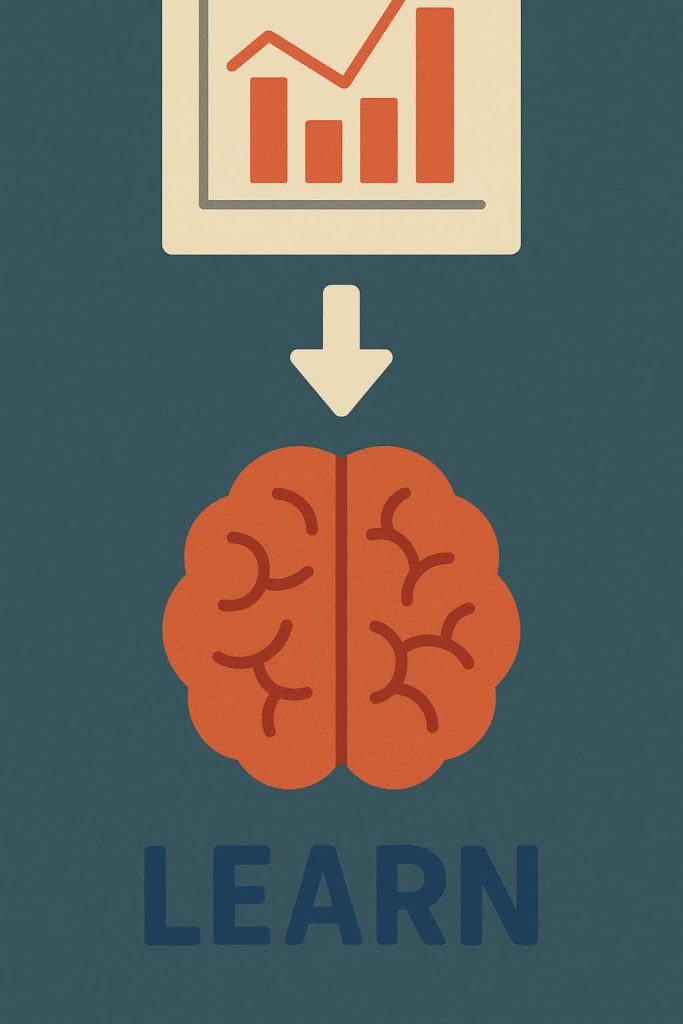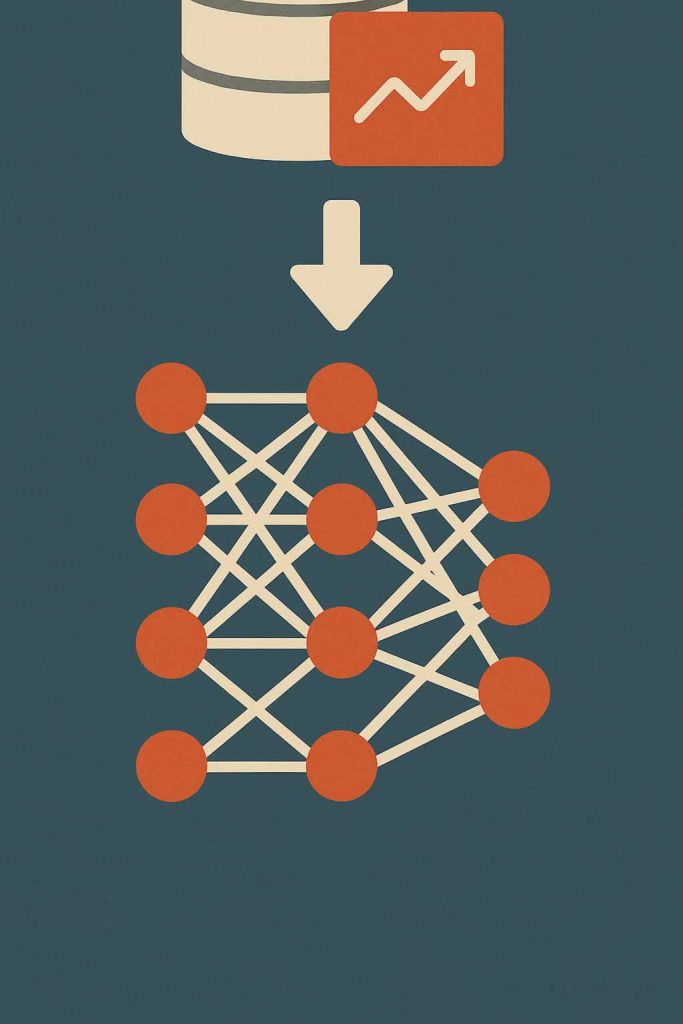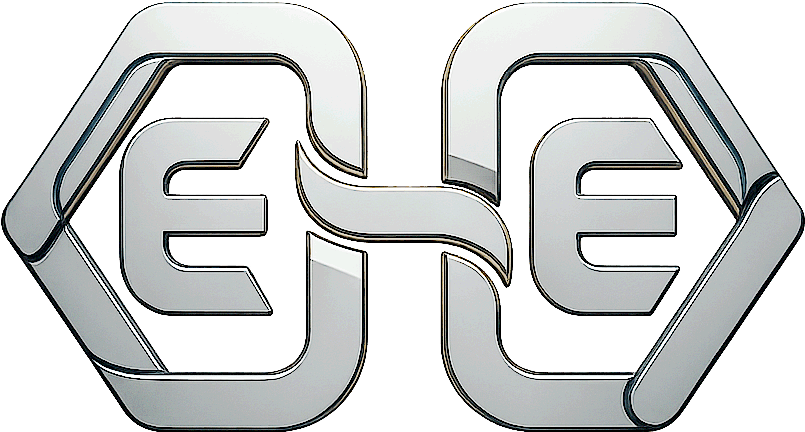

AI models learn from data through a process called training, which involves feeding them large sets of examples and allowing them to identify patterns. During this training phase, the model analyzes inputs and tries to produce the correct outputs. When it makes a mistake, it adjusts its internal settings to improve the next time. This cycle repeats thousands or even millions of times until the model becomes proficient at making predictions or decisions. At AEHEA, we work with this process regularly to build AI systems that adapt to specific client needs and data environments.
The type of learning used depends on the task and the data available. In supervised learning, the model is shown inputs along with correct answers, allowing it to map relationships between the two. In unsupervised learning, the model receives only the inputs and must find structure or groupings on its own. Reinforcement learning takes a different approach, where the model learns by receiving rewards or penalties based on its actions, much like trial and error. Each of these methods teaches the AI to generalize from past experiences so it can handle new information accurately.
What matters most in this process is the quality of the data. If the data is biased, incomplete, or poorly labeled, the model will reflect those weaknesses. This is why data preparation is such a critical step. Cleaning, organizing, and validating the input ensures the model learns useful and accurate relationships. In many cases, especially with language or image models, the datasets must be enormous to capture the variety and complexity of real-world use. This requires both technical infrastructure and thoughtful design.
At AEHEA, we make it a priority to align the learning process with the business goals behind the model. We do not just train AI for the sake of performance metrics. We make sure the outputs are actionable, relevant, and trustworthy. Learning from data is what makes AI powerful, but learning in the right way is what makes it valuable. Our role is to bring those two ideas together in every project we take on.
